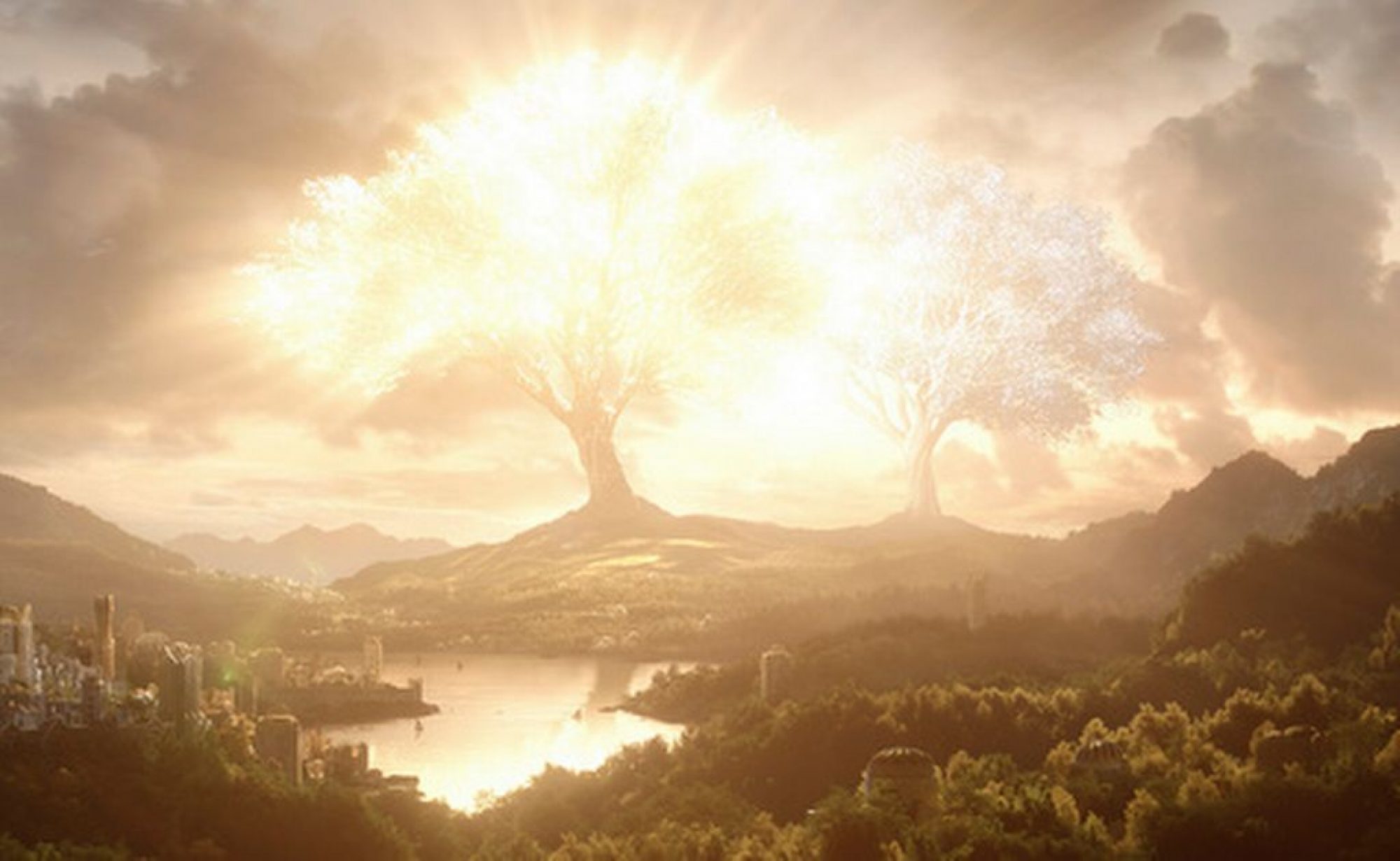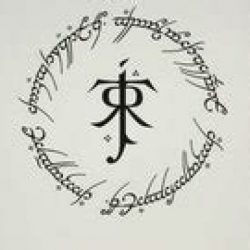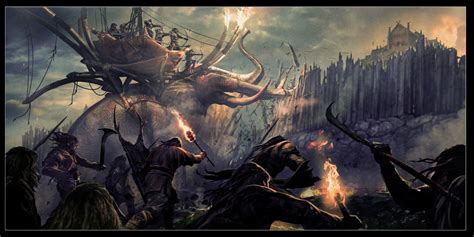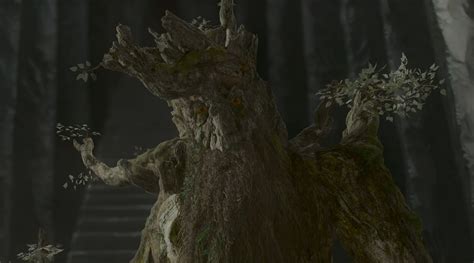Now that most of the hype over Amazon’s Rings of Power has died down, I will turn my attention to the new movie from from Warner Bros, War of the Rohirrim. Set to release for theaters on April 12th, 2024, the animated film is to tell the story of Helm Hammerhand and the greatest story in Rohan’s history: where the famous fortress of Helm’s Deep got its name.
This should be far easier to produce than RoP, canonically speaking, seeing as the entire story is detailed in the LotR Appendices. However, two members of the cast seem to be out of place. For one, Miranda Otto as Eowyn shouldn’t be there; this story happens far before Eowyn’s time. My theory is that she will be like a narrator, telling the story to a group of children many years in the future. Second we have Gaia Wise as ‘Hera’. Sadly, it appears that this, too, will contain a number of original characters, as a search for ‘Hera’ in a database of all thing Tolkien returns nothing.
This story is a big fan favourite, and we are all excited to see it. But of course, it’s still 16.5 months away… As we still await a release date from Amazon for RoP season 2, it could very well be a close collision of new Tolkien to watch in early 2024…



